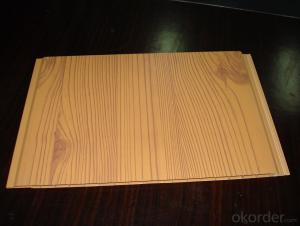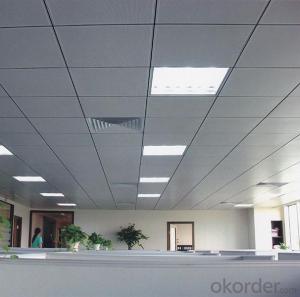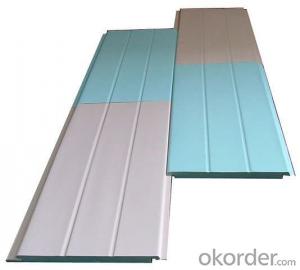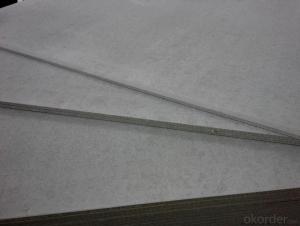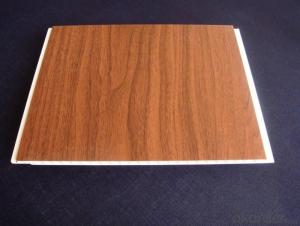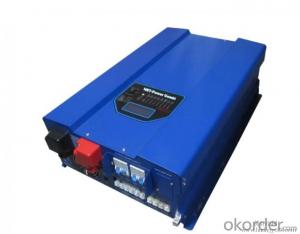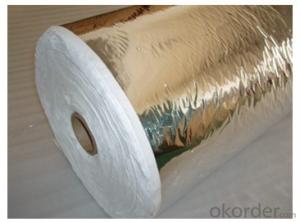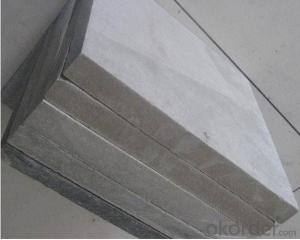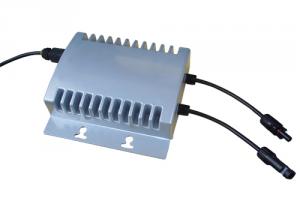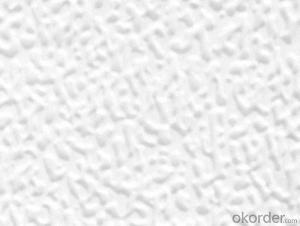Micro Inverter Solar Panel
Micro Inverter Solar Panel Related Searches
Shiny Or Dull Side Of Aluminum Foil For Cooking Inverter For 100w Solar Panel Solar Panel Inverter For Rv Pvc Tiles For Walls Wall Lights For Bedrooms Inverter Ac With Solar Panel Solar Panel With Inverter Kit Solar Panel Kits With Inverter Solar Panel With Inverter Direct Roving For PultrusionHot Searches
Used Sandwich Panel For Sale Pvc Chairs For Sale Tilt Panel Props For Sale Lightweight Scaffolding For Sale pvc pipe manufacturers in usa Sandwich Panel Price In India China Solar Panel Inverter Solar Inverter Panel Price China Pvc Geomembrane Sandwich Panel Manufacturers In Bangladesh Pvc Roofing Sheets Price India Pvc Roofing Sheets Price pvc resin price index Solar Panel Inverter Size Solar Panel Inverter Suppliers Q Cells Solar Panel Prices Tesla Solar Panel Inverter Honeycomb Sandwich Panel Suppliers Type Of Inverter For Solar Price Of Shipping Containers For SaleMicro Inverter Solar Panel Supplier & Manufacturer from China
Okorder.com is a professional Micro Inverter Solar Panel supplier & manufacturer, offers integrated one-stop services including real-time quoting and online cargo tracking. We are funded by CNBM Group, a Fortune 500 enterprise and the largest Micro Inverter Solar Panel firm in China.Hot Products
FAQ
- A solar inverter handles reactive power injection into the grid by utilizing power factor correction techniques. It actively monitors the grid's voltage and adjusts the reactive power output to maintain a desired power factor. This ensures efficient energy transfer and minimizes any negative impacts on the grid's stability and power quality.
- A microinverter differs from a string inverter in that it is a small, individual inverter attached to each solar panel, converting the DC power generated by the panel into AC power. On the other hand, a string inverter is a larger central inverter that is connected to multiple solar panels in a string, converting the combined DC power into AC power. The main advantage of a microinverter is that it allows for maximum power point tracking and independent operation of each panel, increasing the overall efficiency and output of the solar system. Additionally, microinverters provide monitoring capabilities at the panel level, making it easier to identify and address any issues or malfunctions.
- Yes, a solar inverter can be designed to work with different communication protocols. Many modern solar inverters come with multiple communication options such as RS485, Ethernet, Wi-Fi, or even Bluetooth. This allows for integration with various monitoring systems, smart home devices, or remote control systems, ensuring compatibility and flexibility for different communication protocols.
- The role of a solar inverter in a solar-powered remote monitoring system is to convert the direct current (DC) electricity generated by the solar panels into alternating current (AC) electricity that can be used to power the monitoring system. It also ensures that the electricity generated matches the requirements of the monitoring equipment, regulates the voltage, and assists in efficient power transmission and distribution.
- The role of a grid monitoring feature in a solar inverter is to constantly monitor the electrical grid to ensure that the solar energy being produced by the inverter is compatible with the grid's requirements. It helps in maintaining the stability and reliability of the grid by detecting any abnormalities or fluctuations in voltage or frequency. Additionally, it allows the inverter to automatically disconnect from the grid in case of a grid failure or disturbance, providing safety and protection to both the solar system and the grid.
- A solar inverter converts direct current (DC) into alternating current (AC) by utilizing a two-step process. First, it converts the DC electricity generated by solar panels into a high-frequency AC waveform. This is done by using electronic components, such as transistors or power semiconductors, to switch the DC input on and off rapidly. Next, the high-frequency AC waveform is transformed into a stable and synchronized AC output that is suitable for use in home or commercial electrical systems. This is achieved through the use of filters, transformers, and other circuitry that adjust the voltage, frequency, and waveform of the AC output to match the requirements of the utility grid or the electrical load being powered. Overall, the solar inverter's key function is to efficiently convert the DC electricity produced by solar panels into a usable form of AC electricity that can be used to power appliances, machinery, and other electrical devices.
- The power factor correction capability of a solar inverter refers to its ability to adjust and optimize the power factor of the electricity it generates. This is important because a low power factor can cause inefficiencies and increase energy consumption. A good solar inverter should have a high power factor correction capability, meaning it can actively correct and improve the power factor, resulting in a more efficient utilization of electricity and reduced energy wastage.
- Yes, a solar inverter typically requires additional cooling or ventilation. This is because the inverter converts the direct current (DC) generated by solar panels into alternating current (AC) that can be used to power household appliances. During this conversion process, the inverter generates heat, and to maintain optimal performance and prevent overheating, it requires proper cooling or ventilation mechanisms.
